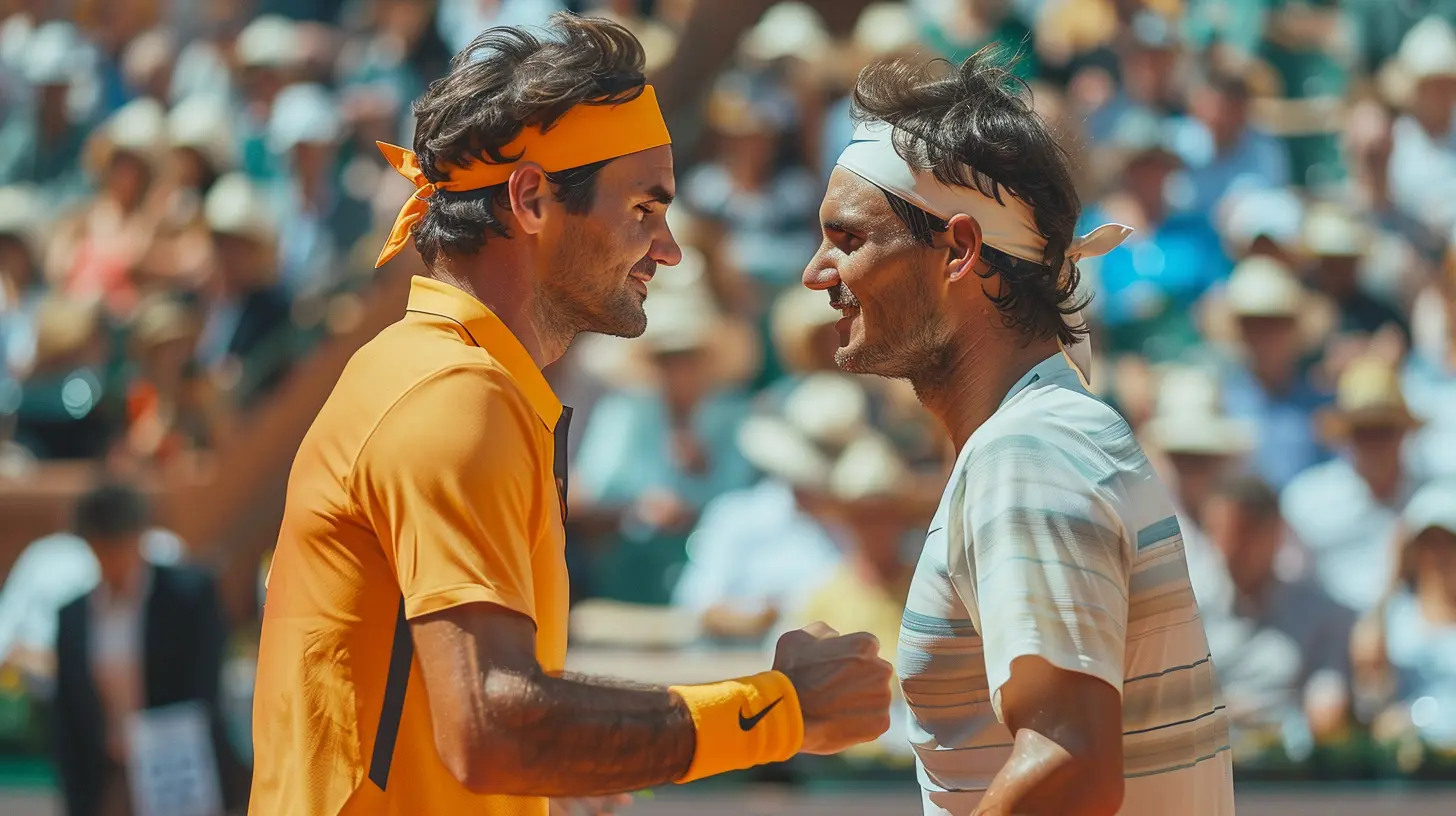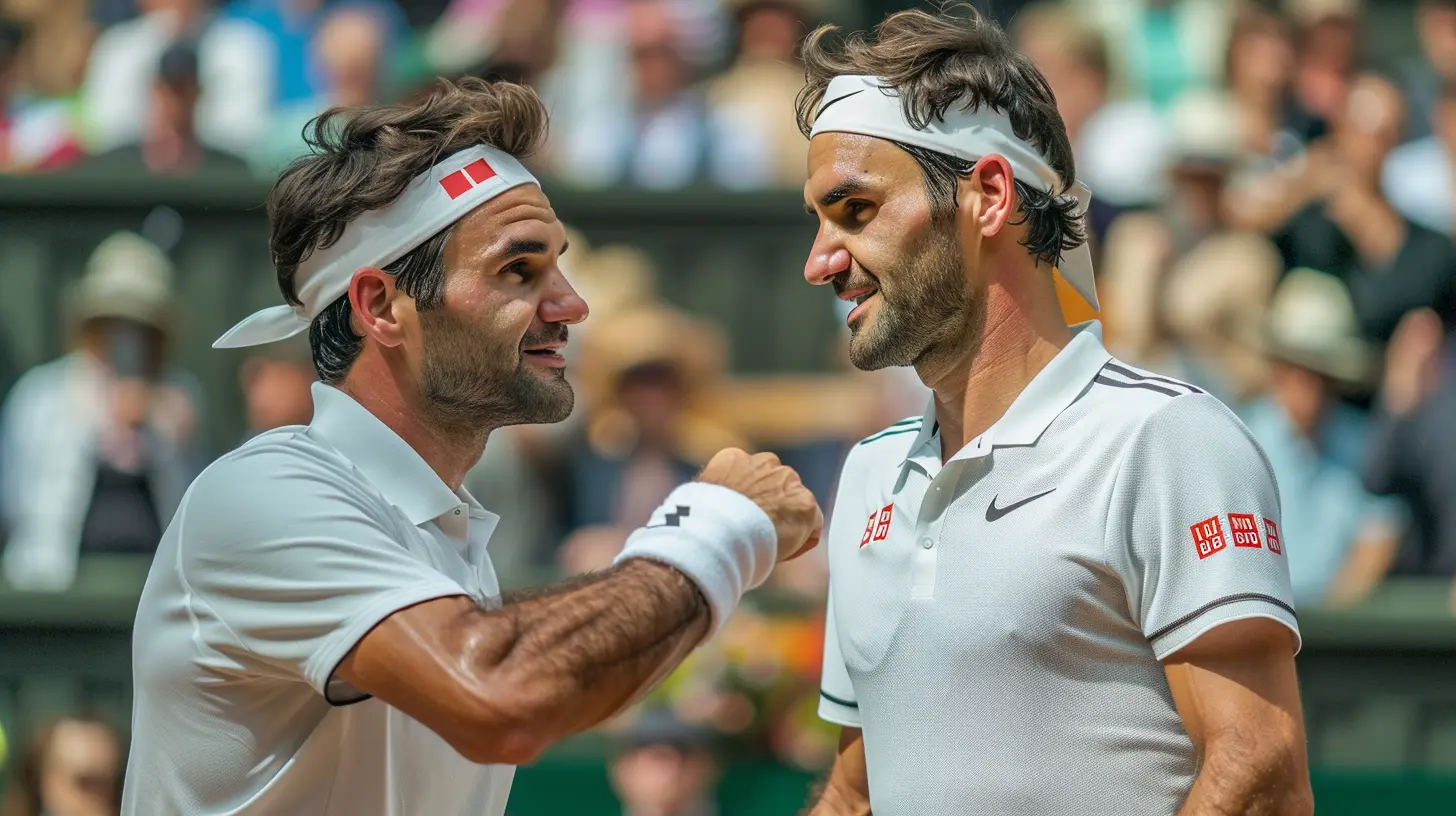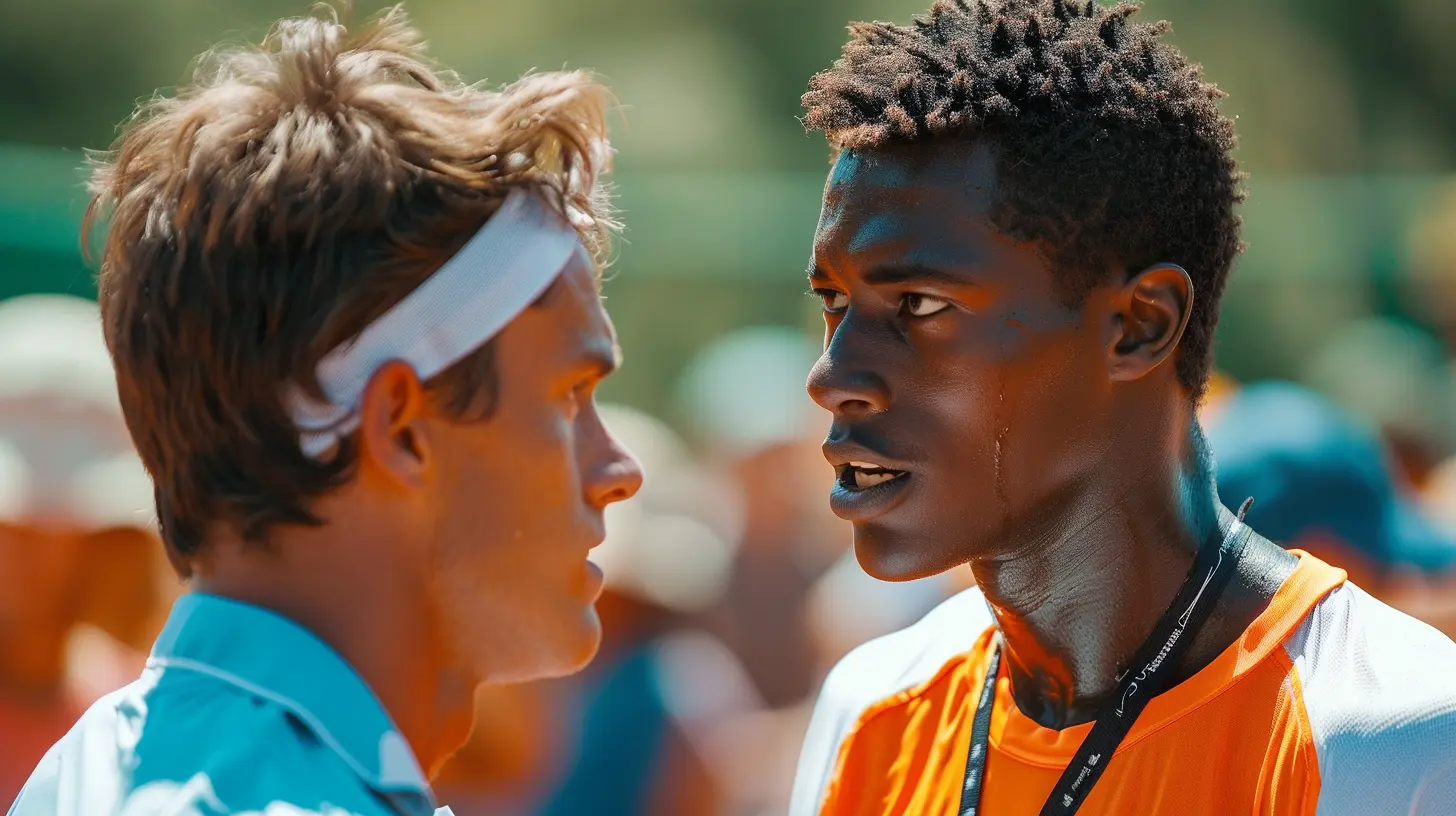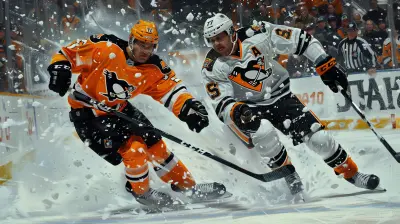How to Read Your Opponents Body Language on the Tennis Court
10 October 2025
Ever feel like your opponent knows your next move before you even swing your racket? That’s probably because they’re reading your body language—and if you’re not doing the same, you’re seriously missing out. Tennis is just as much a mental game as it is a physical one. Being able to read your opponent’s body language can be a game-changer (literally).
Let’s dig into how you can master this often-overlooked skill and gain a major psychological edge on the court.
Why Body Language Matters in Tennis
Tennis is fast-paced, high-pressure, and full of split-second decisions. Every little clue counts. Body language is like a window into your opponent’s mindset, fatigue level, confidence, and intentions. It's like having a cheat sheet—if you know how to read it.Think about it—no one plays their best poker face in the middle of a 3-set match under the scorching sun. People let things slip. Hunched shoulders, that extra exhale, a slight delay before serving... they all tell a story.
And if you’re tuned into reading those signs? You're already one step ahead on the scoreboard.
The Basics: What Is Body Language in Tennis?
Body language in tennis refers to the physical cues and gestures players unintentionally show during a match. This includes posture, facial expressions, eye contact (or lack thereof), the way someone walks, how they prepare for shots, and even how they react after winning or losing points.It’s silent communication—but it speaks volumes.
Spot the Patterns: Physical Cues You Should Watch For
1. Posture and Movement
A player who’s standing tall between points is probably feeling confident and in control. Someone slouching or dragging their feet? They’re probably mentally checked out or getting frustrated.Watch how they move after a mistake—do they keep their chin up or do they physically deflate?
Pro Tip: If you notice they’re less explosive after long rallies, that’s your green light to drag them into more of those.
2. Breath and Pace
Breathing is subtle, but it’s a huge indicator of fatigue. Heavy, open-mouthed gasps, hands on knees, or a longer time between points? That player is struggling.Also, pay attention to how fast they move between serves or changeovers. A noticeable slowdown is a telltale sign of exhaustion.
3. Eye Contact and Focus
If your opponent avoids eye contact or starts gazing off during points, they’re probably not fully present—or they’re frustrated. A focused player will keep their gaze locked in, stay sharp, and show intensity in their eyes.Lost focus can equal lost points. Use that window of mental lapse to press harder.
4. Racket Behavior
This one’s more obvious, but super telling. Slamming the racket, angrily bouncing the ball, fiddling with string tension, or constantly changing grip? That’s frustration, baby.A frustrated player is a vulnerable player. Keep the pressure on them and stay emotionally steady yourself.
Reading Body Language During Serve
The serve is one of the most revealing moments.Pre-Serve Routine
Every player has their own little ritual. Some bounce the ball three times, others go through elaborate breathing routines. If their rhythm suddenly changes, they’re overthinking. That’s your cue—they’re uncertain.Toss and Follow-Through
A high toss that’s slightly behind the player? Probably a topspin serve. A quick toss out to the side? Likely a slice. The follow-through and body angle can also hint at where the serve is headed.Train your eyes: this will take time to master but once you start picking it up, your return game will thank you.
Observing During Rallies
Mid-rally is where the real magic happens. What’s their footwork like? Are they leaning more heavily on their backhand side? Are they avoiding net play like it’s lava?Shifts In Momentum
Confidence leaks through movement. If your opponent is pushing forward with purpose, jumping on every opportunity, they’re feeling it. But if they start playing more conservatively, backing off the baseline, or lounging into shots—they’re second-guessing themselves.Push more aggressive shots when you spot those cracks.
Between Points: The Quiet Goldmine
Between points is often when players let their guard down. You’ll see everything from subtle signs of fatigue to full-blown emotional meltdowns.Watch how they hold their racket between points. Are their hands loose or clenched? Are they checking strings or wiping sweat aggressively? These micro-moments say a lot.
Also listen (yes, listen). Grunting, groaning, or verbal frustration? Even softly muttering under their breath? That’s all intel.
How to Use This Information without Being Obvious
Now, mastering the art of reading body language doesn’t mean you should start staring your opponent down. Be subtle. You want to observe out of the corner of your eye. A little Sherlock Holmes action—minus the pipe.If you’re too obvious, your opponent may pick up on it and try to mask or change their behaviors.
Use your insights to adjust your play. If they’re tired, extend rallies. If they’re struggling with returns mentally, mix in more variety. If they’re losing confidence, keep pushing angles and force errors.
The goal? Make them spiral without them even realizing it.
Even the Pros Do It
Ever watch a Rafael Nadal match? He’s not just playing tennis—he’s reading his opponent like a novel. Same with Novak Djokovic. From body lean to foot pressure, these players are constantly absorbing information.Pro players know that emotional cues are strategic gold. You can 100% build this skill just like a strong forehand. It takes attention and practice, but anyone can learn it.
Train Yourself to Read Better
This isn’t something that just “clicks”—but with time, it’ll become second nature.Here’s how to train:
- Watch matches and mute the commentary. Try to guess what the player is feeling based on body language alone.- During your own matches, take a few moments between points to scan your opponent quietly.
- Journal after games. What signs did you miss? What could you have picked up on faster?
The better you get at reading others, the more confident and focused you’ll become on the court.
Don’t Forget: Control Your Own Body Language
The truth is, your opponent might be reading you too. So don’t just watch what they do—manage what you show, too.Here are quick tips to keep your poker face strong:
- Stay tall and walk with purpose between points—even if you’re losing.- Limit frustration shows. If you break a racket, they know they’ve got you.
- Use positive reinforcement. Fist pump, nod, say “Let’s go!”—even if you're faking it at first.
Confidence is contagious, and often, even manufactured confidence can throw off your opponent.
Reading Body Language Isn’t About Mind Games—It’s About Mind Awareness
Let’s be real for a second. We’re not trying to “trick” opponents or play dirty tennis. This is about tuning into the emotional rhythm of the match. It’s about being aware. You’re not just playing balls—you’re playing brains.And when you can read both—your own mind and your opponent’s—you’re no longer just hitting shots. You’re controlling the match without saying a word.
Final Thoughts
Reading body language on the tennis court is one of those under-the-radar skills that separates the consistently good from the truly great. It gives you a mental upper hand, lets you respond proactively, and changes how you approach every point.Start small. Watch more. Notice more.
Because being able to tell a story through movement—and interpret someone else's—can be your secret weapon on the court.
So next time you step onto that baseline, remember: keep your eyes open, your mind sharp, and your instincts sharp. The match begins long before the first serve.
all images in this post were generated using AI tools
Category:
TennisAuthor:

Umberto Flores
Discussion
rate this article
1 comments
Lyla Potter
Mastering body language on the court can elevate your game to new heights! Trust your instincts, stay focused, and remember: every match is an opportunity to learn and grow. Keep pushing forward!
November 3, 2025 at 5:29 AM


